Special Days
Special observations in the Kadampa Buddhist tradition
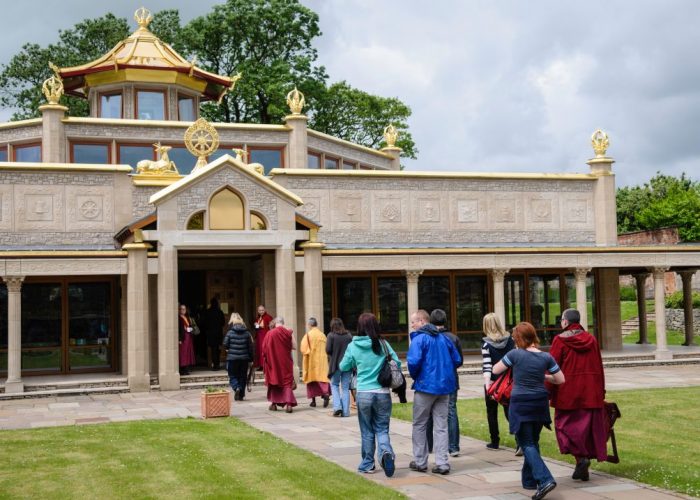
NKT Day
The first Saturday in April is set aside to commemorate the founding of the NKT-IKBU by Venerable Geshe Kelsang Gyatso Rinpoche in 1991.
The occasion is marked by special events, pujas and dedications at Kadampa Centers worldwide. Prayers are made for the flourishing of Kadam Dharma throughout the world so that all living beings might quickly find permanent inner peace.
Above all, we remember the extraordinary kindness of Venerable Geshe Kelsang in founding the NKT-IKBU and pray for him to remain with us for a very long time.
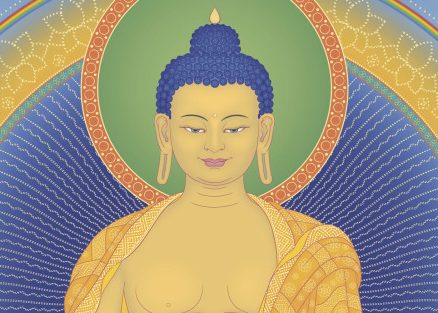
Buddha’s Enlightenment Day
April 15 marks the anniversary of Buddha Shakyamuni demonstrating the attainment of enlightenment in 589 BCE. This is an extremely important day in the Buddhist calendar because our actions are 100,000 times more powerful than on other days.
This event is marked by special purification and fasting retreats in Kadampa Buddhist Centres worldwide based on the practice Drop of Essential Nectar. This practice, which is done in conjunction with Eleven-faced Avalokiteshvara, is very powerful for purifying negative karma of body, speech, and mind, and for pacifying strong delusions such as desirous attachment and hatred. It is also a special method for receiving blessings and improving our experience of love, compassion and bodhichitta.

Turning the Wheel of Dharma Day
June 4 marks the anniversary of Buddha’s first teaching in this world and also the birthday of Venerable Geshe Kelsang Gyatso, the Founder of the New Kadampa Tradition (NKT-IKBU).
Forty-nine days after Buddha attained enlightenment, as a result of requests he rose from meditation and taught the first Wheel of Dharma. These teachings, which include the Sutra of the Four Noble Truths and other discourses, are the principal source of the Hinayana, or Lesser Vehicle, of Buddhism. Later, Buddha taught the second and third Wheels of Dharma, which include the Perfection of Wisdom Sutras and the Sutra Discriminating the Intention, respectively. These teachings are the source of the Mahayana, or Great Vehicle, of Buddhism.
It is because of the great kindness of Buddha in turning the Wheel of Dharma that the people of this world have the opportunity to follow a spiritual path to the permanent inner peace of enlightenment. Without these teachings there would be no path for us to follow and no possibility of bringing our suffering to an end.
To commemorate this special day, Kadampa Buddhist Centers around the world hold special events with prayers for Buddha’s teachings to flourish in this world for a very long time.
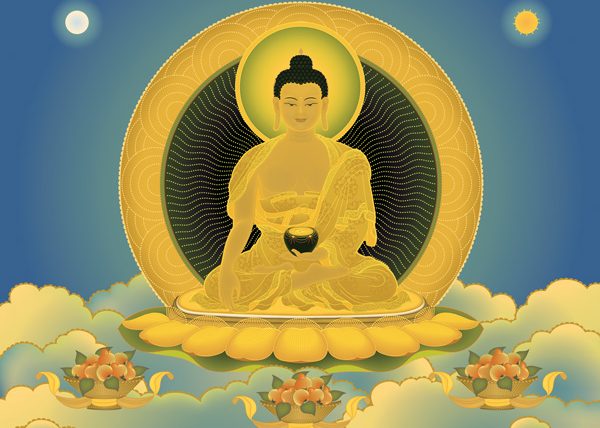
Buddha’s Return from Heaven Day
September 22 marks the celebration of Buddha’s Return from Heaven Day.
The following explanation is an extract from a talk given by Venerable Geshe Kelsang Gyatso on this day in 1991:
‘On this day we celebrate Buddha’s return from the desire god realm called Land of the Thirty-three Heavens, where he had been to visit his mother who had been reborn there.
Traditionally this day also marks the end of the summer retreat. Every year, during the summer months, Buddha did a three-month retreat with his disciples. His reason for doing this was to avoid harming insects and other animals…
Continue reading
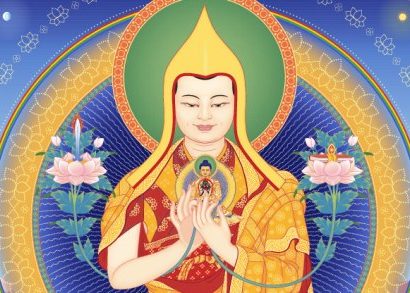
Je Tsongkhapa Day
October 25 is Je Tsongkhapa Day, when we remember the great kindness of Je Tsongkhapa.
The following is extracted from a talk given by Venerable Geshe Kelsang Gyatso on Je Tsongkhapa Day 1996 at Manjushri KMC:
‘Before Je Tsongkhapa appeared in Tibet, many Tibetan scholars and practitioners already knew that he was coming because of predictions made by Buddha Shakyamuni that in the future Manjushri would appear as the Tibetan Lama, Je Tsongkhapa…
Continue reading
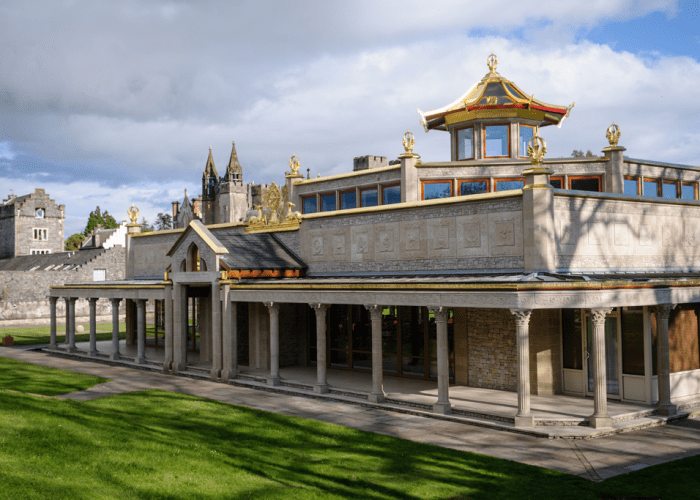
International Temples Day
On the first Saturday in November, Kadampa Centers worldwide celebrate the International Temples Project.
Special events are held to raise funds for the project and prayers are made for the success and flourishing of Kadam Dharma in order to bring about world peace.
The following extract from a talk by Venerable Geshe Kelsang Gyatso explains the importance of temples and how they benefit all living beings in this and future generations:
